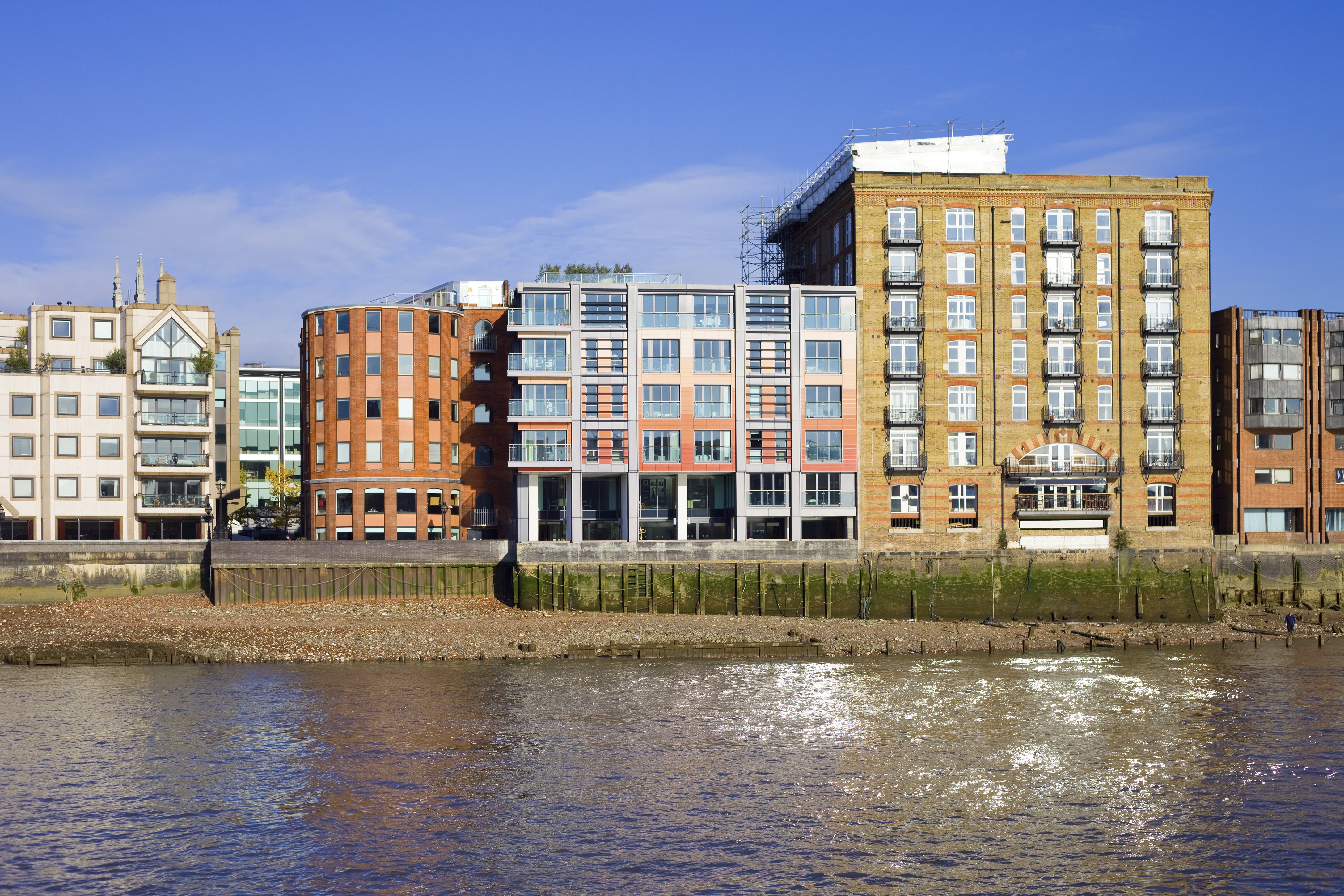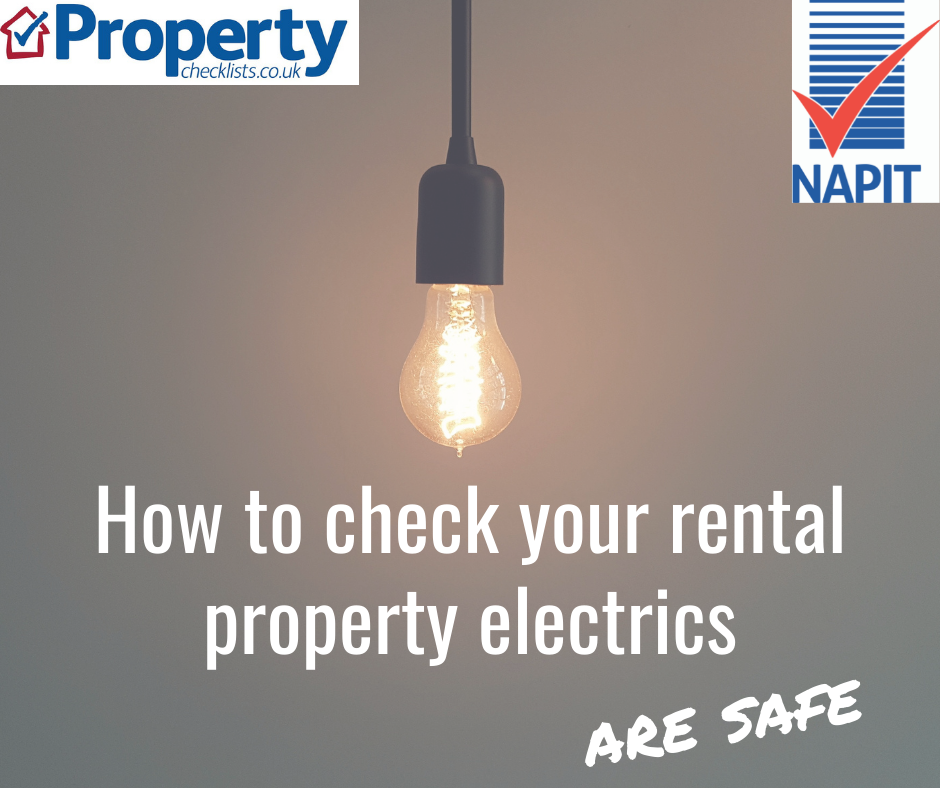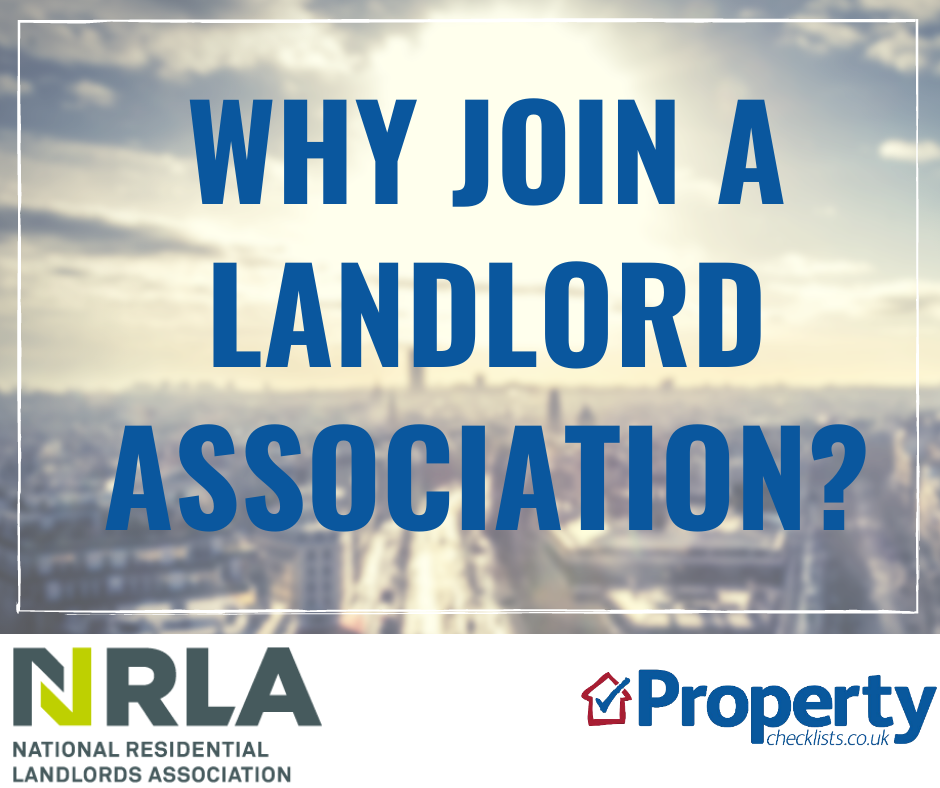
Introduction to the rental market
Every month we are bombarded with a host of rental reports which cover what’s happening in the market, both nationally and regionally.
Some reports are produced monthly and others quarterly. Some cover the UK, while others cover just England and Wales. From working with rental indices, we know there are three levels of rental inflation:
The rental reports give us an insight into what is happening in the market and we comment on whether this is a general trend, something which is an anomaly or ‘one-off’ and particularly highlight the enormous regional differences.
We take a lot of time and effort to understand the strengths and weaknesses of the different indices and to make sure that when they give conflicting information or abnormally high increases and decreases, we attempt to explain why these large changes exist. For example:
Rental data from the North East
Having studied rents for many years not just via the indices but also by talking to local letting agents, we know rents for the region of the North East can fluctuate dramatically as monthly rents vary from just £300 per month to in excess of £3,000 a month. In addition, there is a large student influx, so a large proportion are HMOs, raising the average rents at different times of the year. As such, we tend to report, where possible, on individual areas and take large month-on-month fluctuations with a pinch of salt.
Large rises and falls
We also know rents don’t typically fluctuate much from one month to the next and are typically capped by wage growth. As such, we always seek to explain large fluctuations which don’t tend to happen ‘at a local level’ even though they may be reported by the statistics as they tend to be anomalies.
However, 2022 has seen this change. Newly let rents have been rising at double digits. Partly due to wage rises of 5.5% YoY (ONS data) and partly due to comparing them to reduced rents during Covid, so partly rents are ‘catching up’ with where they should be.
The key problem from now on is that successive anti landlord policies have led to a huge sell off by landlords – or they have moved into the self-service accommodation market as it’s more lucrative.
For the first time in the housing market, we are seeing demand versus stock levels tighter in the rental market than the sales market, hence higher rents are being offered by those desperate to secure a home.
Download the full Q2 2022 PRS report from Kate Faulkner here
Rightmove
Rents grow at fastest annual rate in 16 years
“National average asking rents outside London hit another new record of £1,126 per calendar month (pcm), rising 3.5% from last quarter and 11.8% higher than last year.”
Hometrack
Has rental growth peaked?
“Rental growth is close to peaking at 12.3% per annum. Average rents have risen by £115 per month over the last year to £1,051.”
DPS
Rents accelerate further after a year of strong growth
“Average UK rents have risen £66 to £870 since Q2 2021, an increase of 8.21%. This reflects the rise in inflation, currently running at 9.40%.”
Homelet
We expect rental prices for new tenancies will continue to increase
“The average rent in the UK is now at £1,143, up 8.5% from the same time last year and 1.4% from last month’s figure.”
Goodlord
Cost of rent up 12% year on year, despite mixed August for regions
“The average cost of rent across England dipped by 1% during August, taking prices down to a national average of £1,227.54. This followed a rent average in July which was the highest ever recorded by the Index.”
Propertymark
More renters staying put as demand hits new peak
“82 per cent of member agents reported month-on-month rent prices increasing in July - a new record. Pressure on rents has been steadfast since spring last year.”
ONS
“Private rental prices paid by tenants in the UK rose by 3.4% in the 12 months to August 2022, up from 3.3% in the 12 months to July 2022.” (Includes existing and new tenancies)
The rental indices are giving some very consistent data now, showing that average rents are around £1,000 a month. Indices with lower rents typically either don’t have so much stock in London, or their rents are including existing tenancies, not just new lets.
The growth figures of 8-12% YoY are staggering and rarely seen in the rental market. The reasons behind this are threefold:
It’s important to understand that landlords aren’t ‘putting up the rent’ and causing these rises, tenants are offering more money to secure the property.
This is especially a problem for the 25-30% of households renting in the private sector on benefits, especially if they are eligible for a social home as the government has capped their Local Housing Allowance and currently there are calls to take this cap off, including from the National Residential Landlord Association.
The key question is, how long will rents continue to rise at this level? Mostly any ‘boom’ lasts for a few months, then drops back to normal +/-4% rise/falls.
The Office of National Statistics produces some fab long-term data, but it only gives ‘percentage’ changes, not rental averages and these tend to be lower than most rental indices as they include existing rents, not just new lets.
In the rental market, despite landlords and agents being accused of ‘sky rocketing’ or ‘extortionate’ rents, most landlords keep the rent at the same level for the length of the tenancy. Those that understand running rental stock as a ‘business’ know that ideally you should increase rents in line with inflation.
Below, the ONS rents show that rents have anything but ‘skyrocketed’ or been ‘extortionate’ over the last decade. The Bank of England show that inflation since August 2012 to 2021 rose by 28.2%, so average growth of just under 3% per year.
Up until August 2020, the chart below shows the average rental inflation for each country rise anything between:
England: 0.9% and 2.9%
Scotland: 0.8% and 1.6%
Wales: 0.6% and 1.6%
Northern Ireland: 1.0% and 2.8%
All growth rates pretty much below inflation.
Source: ONS
Since August 2021 however, rental growth has started to rocket across each country:
As mentioned earlier, this is due to the issue during the pandemic, wage rises allowing tenants to offer more and the terrible shortage of stock in many places across the UK.
Interestingly, Scotland which has had the harshest of regulation and rules changes of all the four countries, doesn’t have the highest rent increases as this goes to Northern Ireland. However, it does appear that versus England and Wales, Scotland’s rental inflation is running higher, suggesting that more regulation/rules is taking it’s toll on tenant rent rises.
Download the full Q2 2022 PRS report from Kate Faulkner here
On a regional basis, it’s clear that there is an enormous ‘north and south’ divide. Rents in the south are running between £1,800 and £2,200 per month for London while in the North, they tend to be around the £600-£800 mark.
Rental inflation by region appears to be fairly similar though, although it’s important to take the North East results with a ‘pinch of salt’ as they can change rapidly during the year due to the range in the lettings market.
Source: ONS
Unusually, London is still seeing the lowest growth of all regions, but this is likely to be due to affordability issues, whereas around the rest of the country, there is room for tenants to offer that bit more.
The largest annual rental price increase in the 12 months to August 2022 was in the East Midlands at 4.5%, closely followed by the South West at 4.3% and the North East and East of England at 4.1%.
Overall though, rents aren’t rising in excess of average wage growth (on average) for existing rented homes, for new lets, rent rises are double that of wages, but as Hometrack mention below, these rises are unsustainable and will have to come to a stop soon.
Hometrack
Signs that annual rental growth is close to peaking
“Rents are rising quickly across all parts of the UK, ranging from 7.6% in the North East to almost 18% in London. While the annual growth rate has accelerated in the last year, it is starting to plateau.
“In London, the rental growth pace is simply not sustainable. Current growth figures reflect the rents rebounding off a low base, after 10% fall during lockdowns. Average rents in London are currently 7.8% higher than before the pandemic, compared to the UK-wide average of nearly 13%.
“Another important trend is rental growth in urban areas across England (10.5%) - which is outpacing that of rural markets (8.5%) as strong employment growth drives demand in cities. Higher levels of new-build supply concentrated around city centres is also becoming more appealing to renters looking for smaller homes with lower running costs.”
DPS
Significant annual rent increases seen across the regions
“Across the UK, average rents and have grown in all regions over the last 12 months. The North East region has seen the highest percentage rise in rents, increasing 10.75% (£57) with the West Midlands second highest, rising 10.70% (£69).
“With the exception of Northern Ireland, where annual rents grew by a relatively modest 3.58% (£20), all regions have seen growth in rental rates of 5% or higher, with 8 of the 12 regions experiencing rises over 7%.
“In pure value terms, London saw the greatest increase in monthly rent, rising on average by £124 over the last 12 months.”
Download the full Q2 2022 PRS report from Kate Faulkner here
There isn’t huge amount of rental information on local data for towns and cities, except from Hometrack and the truly fantastic data provided in Scotland by Citylets – if only we had this kind of detail for England, Wales and Northern Ireland!
What we are seeing in this data is a real pick up of rents post the pandemic slowdown, and indeed falls in some areas across the country, especially in cities versus rural areas where rental demand/prices are not so high.
Both Hometrack and Citylets provide excellent commentary, so well worth a read!
Hometrack
“Another important trend is rental growth in urban areas across England (10.5%) - which is outpacing that of rural markets (8.5%) as strong employment growth drives demand in cities. Higher levels of new-build supply concentrated around city centres is also becoming more appealing to renters looking for smaller homes with lower running costs.”
Citylets
“With two meaningful consecutive quarterly rises, there is clear signal that the Aberdeen rental market is now back to black which will be a relief to landlords after a protracted period of rent declines and stagnation. The average property to rent in Aberdeen stands at £738 per month, up 4.4% YOY.”
“Following unprecedented rises in the capital in Q1 2022, finding property to rent in Edinburgh continued to remain very challenging with rents up a material 15.1% to a new all time high of £1283.”
“The average property to rent in Glasgow stands at £997, up 13% YOY but down from 16% annual growth record last Quarter.
“Property to rent in Dundee also posted a significant milestone recording an average rent higher than its northern neighbour at £767 per month, up 15.3% YOY and a new all time high.”
Source: Citylets
Download the full Q2 2022 PRS report from Kate Faulkner here
The key summary is in most places is we have just run out of rental stock. The story of 2,000 households chasing two rental apartments for Belvoir Edinburgh is shocking, but sadly this is a result of the fall out of the increased regulation and tougher financing for buy to let investors. To have reduced the access to the PRS for tenants while not dramatically increasing the supply of social homes is a disaster.
I have said for five years we will eventually ‘run out of homes’. Sorry, I did get my timings wrong, it has taken much longer than I thought, but with the addition of Scotland’s rent freeze, sadly the situation there is going to get much worse.
Until governments realise it’s their duty to supply social homes to those that are eligible and the PRS’s duty to help those choosing to rent, their policies of trying to ‘squeeze the PRS’ to meet ‘social need’ and favouring First Time Buyers over BTL landlords, tenants will be the biggest losers, especially those on benefits.
Rightmove
“Rising rents continue to be driven by a shortage of available rental stock, with low volumes struggling to meet high tenant demand over the past two years.
“Although there is still a shortage of available homes to rent, there continues to be signs of this improving. The number of new rental listings is up 8% since the start of the year. June saw the highest number of new rental listings coming to market of any month this year so far.
“Despite these encouraging signs, available rental stock is still down 26% compared to last year’s levels, while demand is up 6%, which means competition between tenants remains extremely fierce.”
Propertymark
“73 per cent of agents say they have seen an increase in the number of tenants renewing their tenancies over the past 12 months. With the recent lack of stock, it suggests many tenants are preferring to stay put rather than move.
“An average of 127 new applicants were registered per member branch in July. This number has been on a slow upward trend since February.
“Our members reported having 11 properties on average per member branch that were available to rent in July - the same figure as last month.”
Hometrack
Renters seeking smaller homes and lower running costs
“Our leading-edge data on rental demand shows that renters are responding to rising rents and cost-of-living pressures by shifting their focus onto smaller homes, primarily 2-bed flats. We have seen a steady reduction in the proportion of renters looking for 2- and 3-bed houses and an increase in demand for 1- and 2-bed flats over 2021 and 2022. This trend has been accelerating in recent weeks.
“The shift in demand partially reflects localised changes in supply, but, the overriding impact reflects affordability and-cost-of-living concerns. Outside London, the current difference in rents charged for a 2-bed flat and 3-bed house is £105 per month, which translates into £1260 per year in rental cost. It’s not just rental costs shaping demand - lower running costs of smaller homes will also have growing appeal.”
Rising energy costs adding to shift in rental demand
“In addition to rental payments, running costs and energy bills are lower for flats than houses - especially new-build rented apartments, which will have much higher energy ratings. The amount of gas it takes to heat and run a purpose-built flat over 12 months is 40% lower than the amount to heat and run a terraced house. And it’s 25% lower for a converted flat. A 1-bed home requires less than half the gas that is needed for a 3-bed home, while D and E rated homes require 25% and 48% more gas, compared to a C rated home.
“As cost-of-living pressures build, renters will be looking to balance the combined impact of rental and running costs as they make home-moving decisions. We expect the appeal of apartments and energy-efficient houses is set to rise further into 2023.”
Paragon Bank
“Although experiencing a slight drop from the all-time high of 62% seen in the previous quarter, the proportion of landlords reporting increasing tenant demand remains high at 60% in Q2 2022.
“While the percentage of landlords declaring significant increases has grown by one percentage point since last quarter (34% in Q1 2022 to 35% in Q2 2022), there has been a drop of two percentage points in the proportion who feel that tenant demand has increased slightly (28% in Q1 2022 to 26% in Q2 2022). In addition, the proportion of landlords who have seen tenant demand decrease slightly has risen from 2% last quarter to 3% this time around, contributing to the slightly lower net increase in demand overall.”
Source: Paragon Bank
At anything under a 5% yield, it’s often cheaper for tenants to rent than it is to buy, so London is still looking to be cheaper to rent than buy – although only in the short term.
The yields are also a useful guide to see if landlords are truly charging ‘extortionate’ rents and it’s quite clear that as this is gross yields, despite many saying that property gives a better return than ‘in the bank’, take off the costs of letting and on an income basis, actually there isn’t much in it – profiting from BTL income wise in the short term isn’t easy and is a big risk versus a financial investment.
However, when you factor in the capital growth, especially for those buying with a mortgage, this can beat financial returns, as long as investors run their numbers carefully and ideally invest in houses as opposed to flats which can be expensive when you take into account service charges, major works and the, typically, lower capital growth rate.
Source: Paragon Bank
Source: Rightmove
Basically, rents are expected to continue to grow, but not at the rapid rate they have this year. This is partly due to the cost of living crisis and rental affordability being capped by wage growth, which although positive until high inflation rates kicked in, wage growth is now negative in real terms.
Please find below the various forecasts:
Knight Frank: revised rental forecasts (April 22)
“We have revised up our rental forecasts for PCL and POL in 2022. We now expect rental value growth of 11% in PCL and 9% in POL, up from 8% and 5%, respectively. All other forecasts remain unchanged and will be reviewed in Q3.”
Source: Knight Frank
Source: Savills
Hamptons
Fuel on the fire
“Last year we forecast that rental growth would slow in 2022 after a record-breaking 2021. However, rents rose more sharply than we expected.
“We now think that, while rising interest rates are set to dampen or even stifle house price growth, they are likely to have the opposite effect on rents. Landlords will be seeking to pass on higher borrowing and costs onto tenants.
“As a result, we are revising upwards our forecasts for rental growth in 2022 to 6% and also pencilling in much higher rents in 2023, 2024 and 2025.
“Even before interest rates moved upwards, landlords were coping with extra costs and legislation. Landlords in London and the South East have been the hardest hit due to high prices and lower yields. The changes to mortgage interest tax relief mean that higher-rate taxpayer landlords with a mortgage are taxed partly on turnover rather than profits.
“Over the coming months some landlords face mortgage payments as much as 40% above those of 2021 when loan deals were at their cheapest. If these landlords wish to borrow to acquire new properties, particularly in areas with rental yields of below 5%, they will require deposits, larger than the typical 25%. This will restrict buy-to-let to investors with even deeper pockets.
“With mortgage rates of 3.5% to 4.0%, interest payments are likely to eat up a little over half the rental income of an investor putting down a 25% deposit in areas with average yields.”
| New build homes snagging - LABC Warranty |
How to check your rental property electrics are safe - NAPIT |
Why join a landlord association - NRLA |
 |
 |
 |